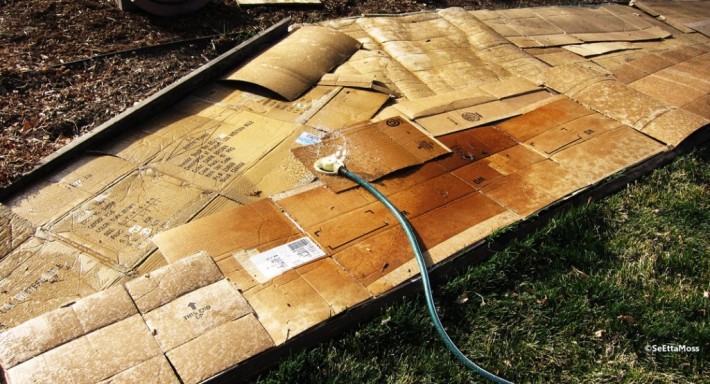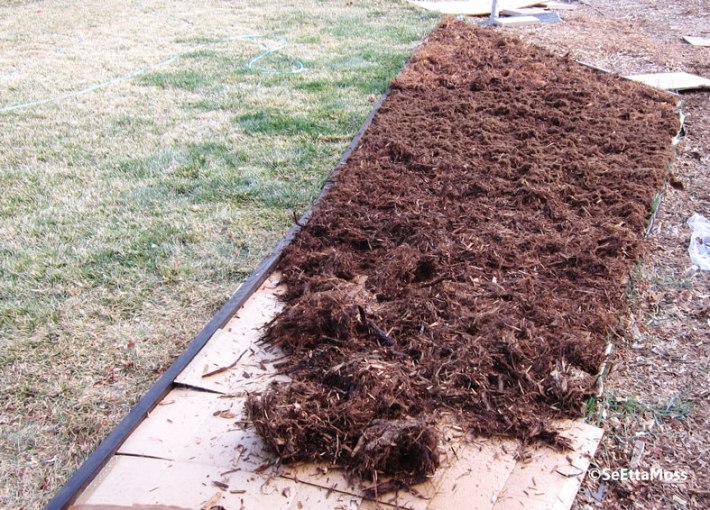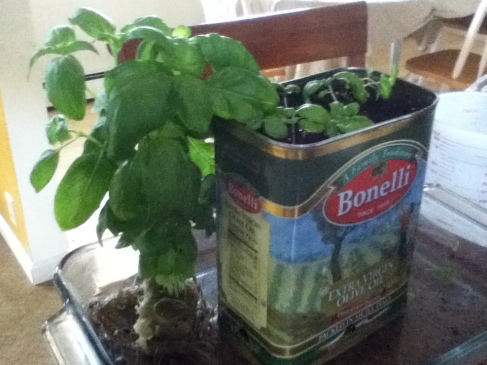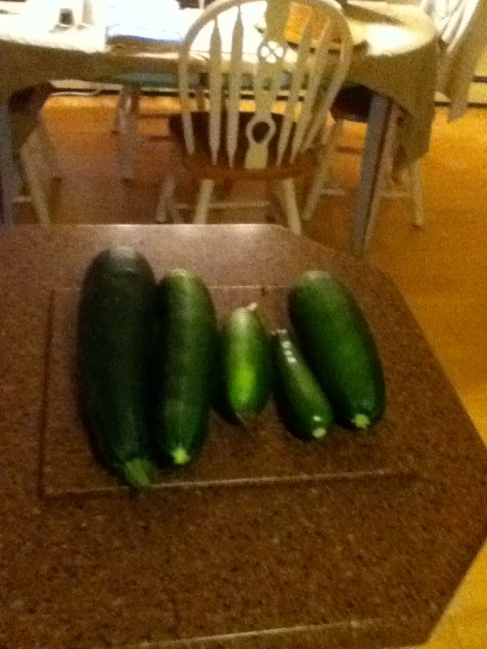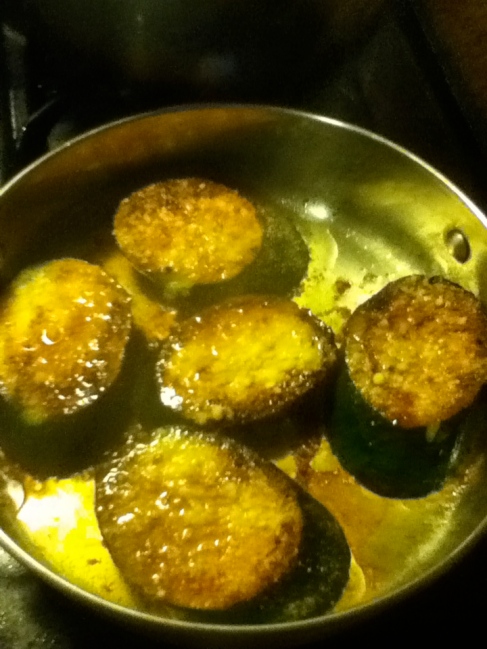This may sound like Christmas in July, but gardening in winter is an important step in making your garden the best bed it can be.
Here’s why.
In winter, especially in upstate New York where our temperatures are practically Arctic, we can’t actually get organic replenishment into the soil without drills and flame throwers. And frankly, I’m just not handy with a flame thrower – maybe you’d have better luck. Most people abandon the beds until spring. Which can work just fine. However, you can still fortify your future beds all winter long.
As best you can, rake or shovel your plot space even. Once you have flattened out your space, place a tarp or some other more earth friendly layer over your space. (I like cardboard – it’s easy to find and disintegrates by planting time. I’ve seen leaching fabric, blankets, you name it.) When you have your cover over your plot, adorn the cover with several good-sized stones or cement block or pieces of firewood that will keep the cover down when the wind blows. Snow will come along soon enough and give you your secondary cover.
Why?
1) This primary cover will prevent the majority of weeds to take root and sprout in your planting area. This makes tilling your soil in the spring a snap and you are already ahead on the weeds before you’ve planted a single seed.
2) You have created a surface to collect manure, compost, topsoil or any other number of sources of additional organic material to add to your plot. Just keep piling it on during the winter. The pressure the organic materials places on the cover you have put down will decrease the weed growth under your tarp to nearly ZERO.
3) If you used cardboard as your cover, you can easily dump your manure, mulch, top soil or whatever you’ve found right on top.
If you have a cover such as leaching fabric or a tarp you need to move portions of the enriched material off the tarp as you roll it inward taking more material off each roll you make until you’ve completely transplanted the manure directly onto your plot. Also remember if you have used leaching fabric you do not have to remove this as it allows water to flow through to the dirt. You can artfully cut holes into the fabric where you can transplant a start. This strategy helps keep weeds down through the growing season.
Now: the big question — how do you get crap, literally! My best means of finding manure is to take a ride out on one of GF lonely highways. Look for a home with animals. There’s nothing wrong with heading up to their doors and asking if they have extra manure to get rid of. 9 times out 10 the answer is yes. They generally have trucks for hauling stuff and if you bring a shovel and help load the #2 magic…you’ll quickly find yourself schlepping the brown gold everyone needs in their garden beds. (Here’s a hint: don’t go on days when it is below freezing. Crap sticks to the ground and is hard to load. Wait til a day above freezing, preferably in the 40’s.)
 Because it is always about the poop when it comes to gardening….
Because it is always about the poop when it comes to gardening….
